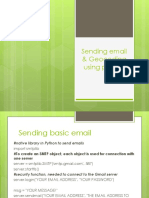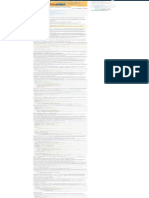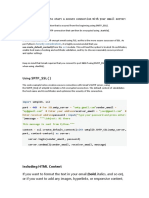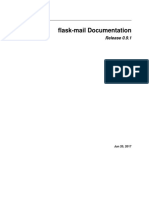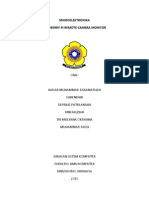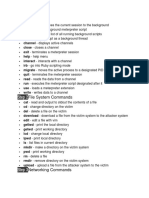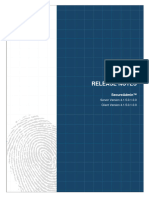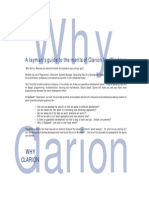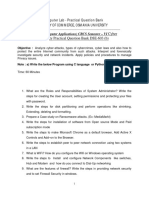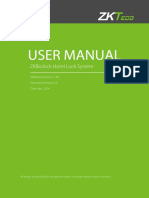0% found this document useful (0 votes)
73 views8 pagesSending Mail Via GMail API
This document provides a step-by-step guide for sending emails using the Gmail API, starting from creating a Google Cloud account to setting up a Python environment. It includes instructions for enabling the Gmail API, creating credentials, and writing a Python script to send emails with attachments. The document emphasizes the importance of keeping the client secret file secure and provides code snippets for authentication and email sending functionalities.
Uploaded by
शून्य अद्वैतCopyright
© © All Rights Reserved
We take content rights seriously. If you suspect this is your content, claim it here.
Available Formats
Download as PDF, TXT or read online on Scribd
0% found this document useful (0 votes)
73 views8 pagesSending Mail Via GMail API
This document provides a step-by-step guide for sending emails using the Gmail API, starting from creating a Google Cloud account to setting up a Python environment. It includes instructions for enabling the Gmail API, creating credentials, and writing a Python script to send emails with attachments. The document emphasizes the importance of keeping the client secret file secure and provides code snippets for authentication and email sending functionalities.
Uploaded by
शून्य अद्वैतCopyright
© © All Rights Reserved
We take content rights seriously. If you suspect this is your content, claim it here.
Available Formats
Download as PDF, TXT or read online on Scribd
/ 8






